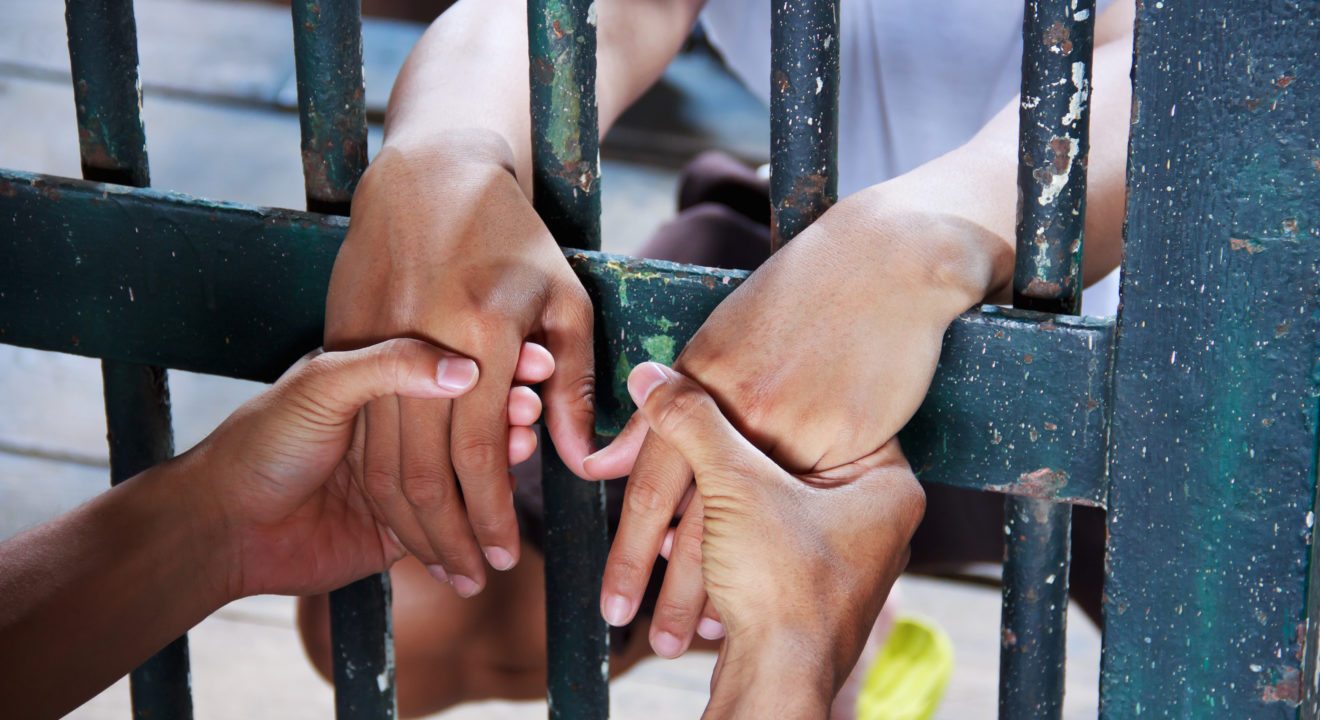Uncategorized May 7, 2017


Long-term imprisonment–an alternative, seemingly more humane sentence for prisoners who have committed horrific crimes, may not be that much more compassionate than the death penalty. Turns out that keeping prisoners incarcerated for long-term sentences can have truly damaging effects on inmates, especially psychologically. According to “The Psychological Impact of Incarceration: Implications for Post-Prison Adjustment,” the term “institutionalization” refers to the “process by which inmates are shaped and transformed by the institutional environments in which they live…it is the shorthand expression for the negative psychological effects of imprisonment.”
Whereas short-term prisoners are less susceptible to “the negative psychological effects of imprisonment,” inmates with longer sentences are faced with an increased chance of suffering detrimental psychological consequences from the atmosphere they are placed in for an extensive period of time. What’s troubling is that former inmates must re-enter their communities taking along with them these psychological effects, which could severely impede them from successfully entering the workforce and social atmosphere. Just some of the struggles and effects of long-term imprisonment are listed below, but the list goes on.
Regaining Autonomy and Self-Reliance
Institutionalization arises merely from existing within a prison environment, one in which there are structured days, reduced freedoms and a complete lifestyle change from what the inmate is used to. Eventually, after prisoners adjust to the structures in place, especially after long-term sentences, once they’re released from captivity and their autonomy is restored, many find it difficult to refrain from institutionalized conduct or to rely on themselves. Transitioning from a prison environment to one outside of it can cause former inmates to engage in self-destructive behavior, and potentially be reincarcerated.
Suspicion, Distrust and Emotional Detachment
In order to avoid trouble in prison, inmates often have to appear as if they have “the potential for violence,” so that they won’t be harassed or taken advantage of by other prisoners. Fear of being attacked or exploited instills a general distrust within inmates, a trait that they can become so accustomed to that it prevents them from developing trusting relationships with people behind and outside bars. Additionally, as part of an inmate’s way of protecting themselves, they may tune out their emotions in order to prevent reactions that could cause them to look weak to other prisoners.
Isolation
Sometimes the best way to stay safe behind bars is to withdraw from other prisoners. Inmates who engage in this method of self-preservation are reported to display extremely similar behavior as those who are clinically depressed: lethargy, flatness, limited behavior, etc. The inability to trust people around them combined with the behavioral effects of self-isolation can severely prevent former inmates from ascending beyond their imprisonment and adjusting to a lifestyle outside of jail.
PTSD and Self-Care
Post-traumatic stress disorder and anxiety are often cited as possible psychological consequences for long-term inmates, which can easily overwhelm inmates during their sentence and after their release. Especially since the prison system lacks “genuine respect and regard for [inmates’] well-being,” prisoners are subject to emotional episodes that they cannot control or move on from easily, and the absence of care for these ailments inhibits inmates from learning how to deal with these emotions.
Sorry, no related posts found.